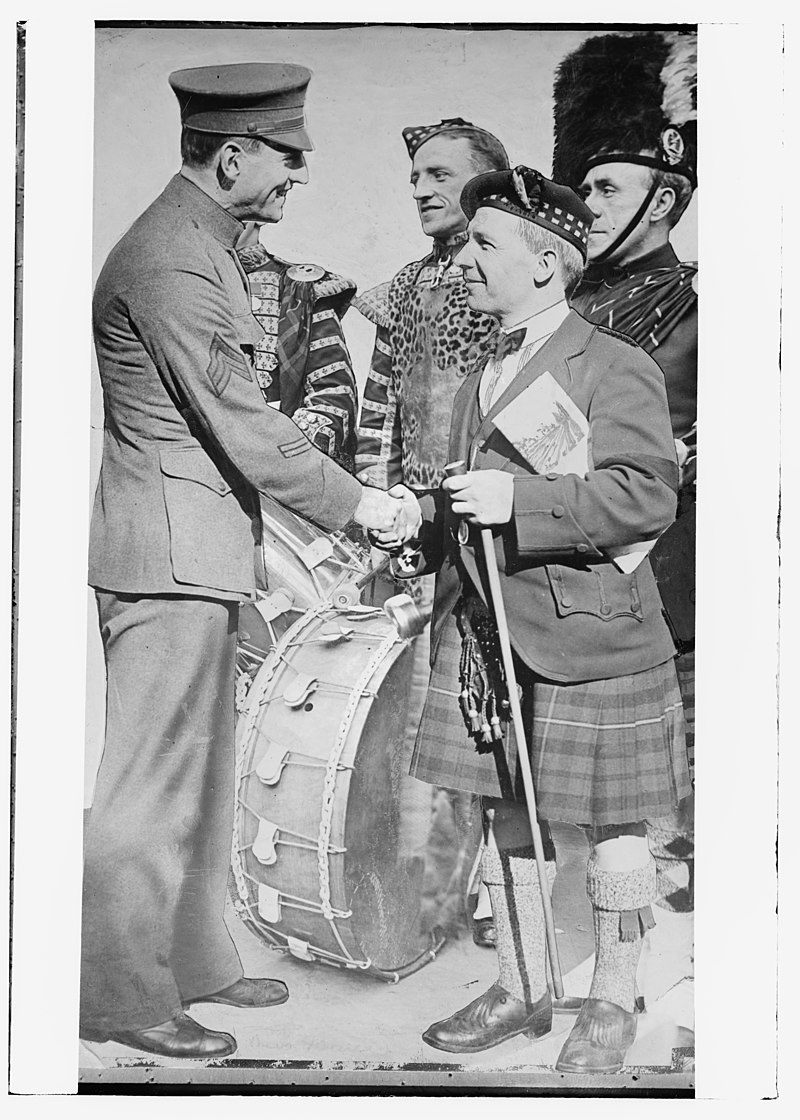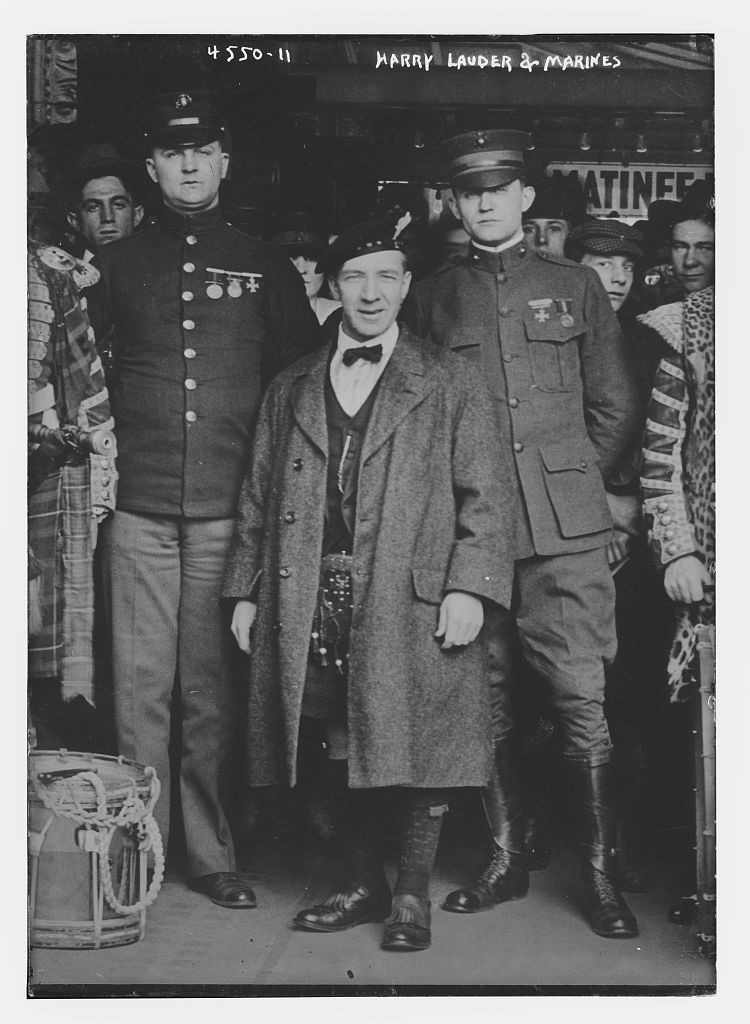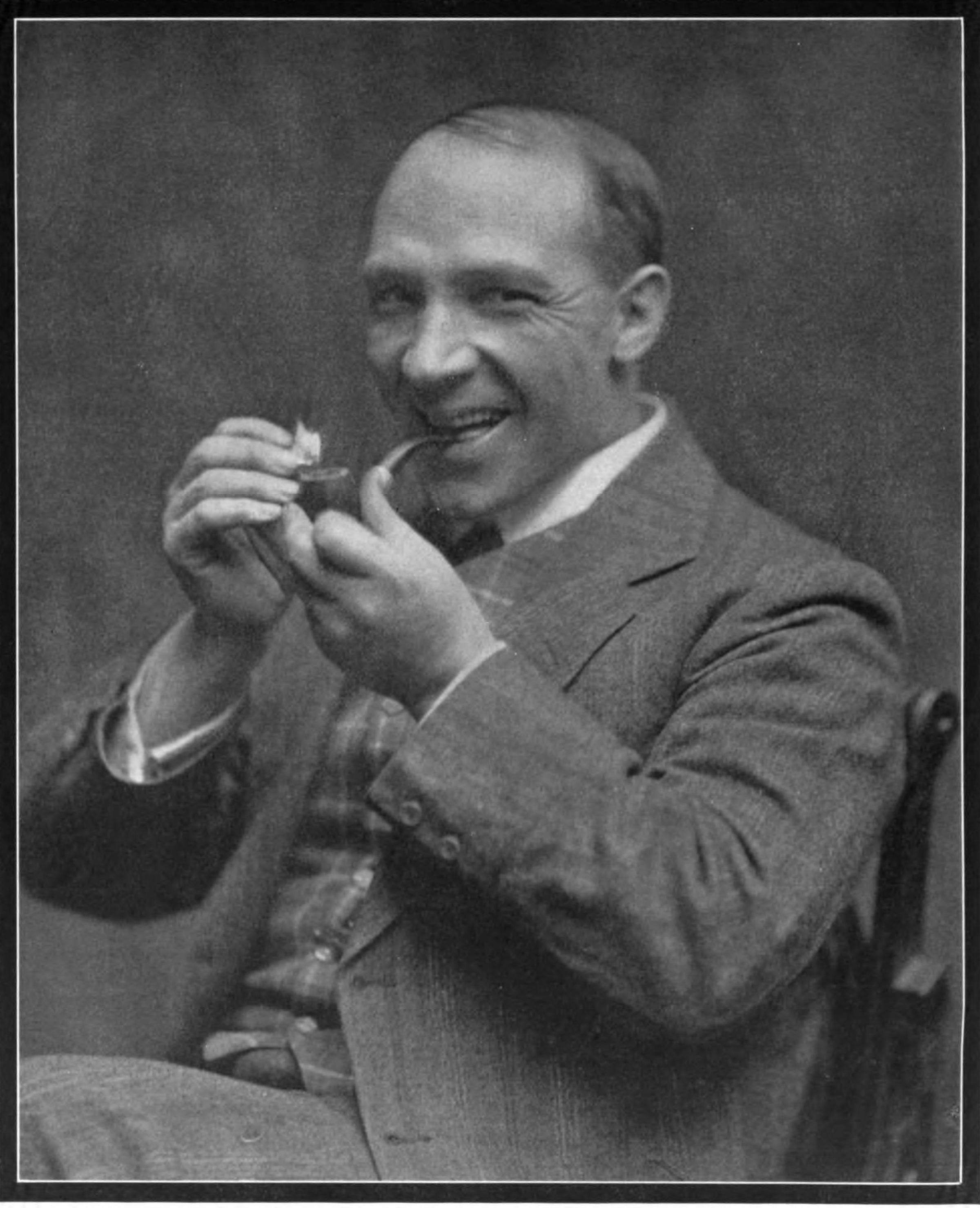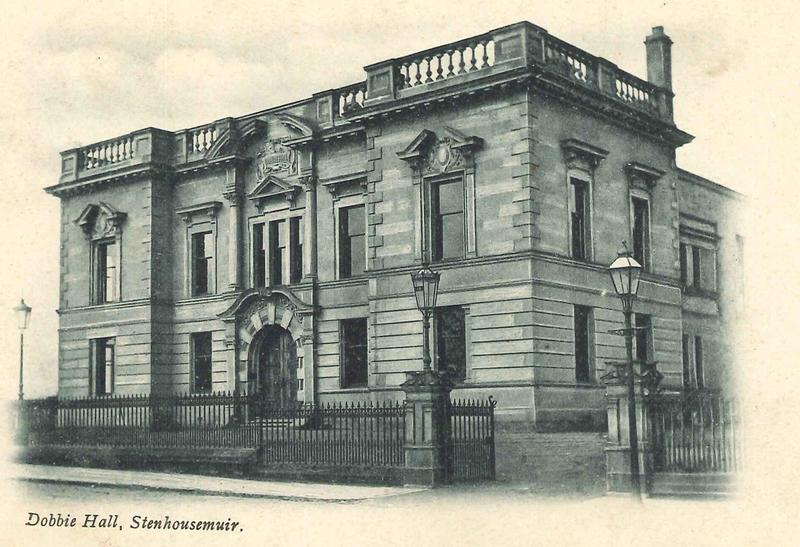Iain Murray recalls growing up near McCowan’s toffee factory in Stenhousemuir.
I spent my childhood in Larbert, the village adjacent to the home of Highland Toffee, Stenhousemuir.
In 1955 my parents lived in Church Street, Stenhousemuir, where Andrew McCowan opened his first sweet shop and started making toffee in commercial quantities during the first decade of the 20th century. My first home was 71 Church Street and was the beginning of my relationship with the famous toffee.
The 1911 census finds Andrew McCowan living in Fraser’s Building at 56 North Main Street Stenhousemuir, with his wife and three sons. A search of Slater’s Royal National Commercial Directory of Scotland from 1903 found no mention of McCowan having a shop in Church Street – although it is not obvious if this was a subscription catalogue and perhaps, he did not contribute and so was not listed. North Main Street would later become King Street, and at its junction with Tryst Road the McCowan’s factory stood until 2016 when the demolition team moved in.
McCowan’s Factory & The Drill Hall
The final location of McCowan’s factory lay on the site of the former Drill Hall, which had been used as a base for the Argyll and Sutherland Highlanders prior to, and through, the Boer War and the Great War. An advertisement in the Falkirk Herald of 7th September 1895 described the Drill Hall as a substantial stone building, consisting of a large hall, cloakrooms and lavatory along with a magazine and connected vacant ground.
Prior to McCowan’s purchase of the property, others had used the hall for a variety of purposes. In 1923 the Dundee Courier reported (2 May), that the Stirlingshire Territorial Army Association had sold the hall to a tentmaker called McPhail from Greenock, but his business had failed by 1928 and the Falkirk Herald (7 April 1928) announced a sale of the sequestrated estate of Mr McPhail – mostly stock, but not including the premises.
The Falkirk Herald (10 February 1923) describes how the Falkirk and District Juvenile Advisory group arranged for a group of boys and girls to visit the manufacturing facility of Mr William Scott’s in Stenhousemuir and to witness the production of chocolate confectionary using cocoa beans from Accra, Java Trinidad and Ceylon. Much was made of a piece of machinery called the Molanger, a name still used today. All of the children were presented with a gift of products, but there is no clarification of whether any of them were subsequently employed in the confectionary industry which was the purpose of the programme.
Sir Harry Lauder
In the Falkirk Herald (28 December 1935) it is reported that Andrew McCowan bought the premises previously owned by Mr Scott and that following numerous extensions and alterations the business continued on that same site. The same article mentions that McCowan had bought the Drill Hall “in which Sir Harry Lauder and other veterans of the entertainment world would have performed”. In April 1942, Lauder arrived at the Picture Palace in Stenhousemuir and asked when he had last appeared in the village, “without hesitation he replied exactly 40 years ago” (Falkirk Herald 1942). Robert McCowan was present at a meal held in the nearby Plough Hotel after the performance and presented each of the supper party with a gift of Highland Toffee that had been made on the premises where Sir Harry had performed in 1902.
I decided to investigate the type of entertainment that had been commonly held in the Drill Hall prior to its absorption into the manufacturing facility developed by McCowan over many years. It will be no surprise that the Stenhousemuir and District Shooting Club held practices there (Falkirk Herald 25 November 1905) but in previous years the hall had seen various types of entertainment in addition to the martial activities of the Argyll and Sutherland Highlanders.






Minstrelsy in Scotland
In 1895 the programme of events included a performance of the Stenhousemuir Negro Minstrels and Flute band – following a parade through the village. This may have influenced local entertainers, perhaps even the parents of George Mitchell, who was born into a musical family in Carronshore near Stenhousemuir in 1917, and was the creator of the Black and White Minstrel Show which was a popular BBC programme for many years prior to the recognition that “blackface” was inappropriate and the demise of the programme (Shropshire Star).
In 1901 there was a performance by “Johnston’s celebrated Real Coloured American Minstrels” at the Drill Hall. The second half of the show opened with a recitation by the solo “coloured” cornetist Ross Berry and concluded with a “Wonderful Telephone” exhibition.
This form of entertainment was very “popular” in Scotland towards the end of the 19th Century and in the first decade of the 20th (Black Minstrels Scotland). I found learning about this enlightening but disturbing, given that my paternal grandparents were alive at this time and may have attended such shows in Stenhousemuir as young adults (“The Black Minstrelsy Scotland”).
Larbert Orchestra
The Larbert Orchestra, led by Mr Fitzpatrick, was a regular fixture in the Drill Hall and normally performed with “much success.” I also found various early instances of “moving image” performances. In 1899 the audience in the hall had an evening of “a most interesting and enjoyable nature” with the visit of the “Westomotograph.” The show consisted of animated pictures of sea scenes followed by a descriptive lecture by Captain Edwards R.N. (Falkirk Herald 15 March 1899), and Caleb’s Cinematograph visited the hall in 1900 to the enjoyment of large audiences (Falkirk Herald 6 January 1900).
Read more in Part Two: Dobbie Hall…
By Iain Murray, Great Place volunteer.

